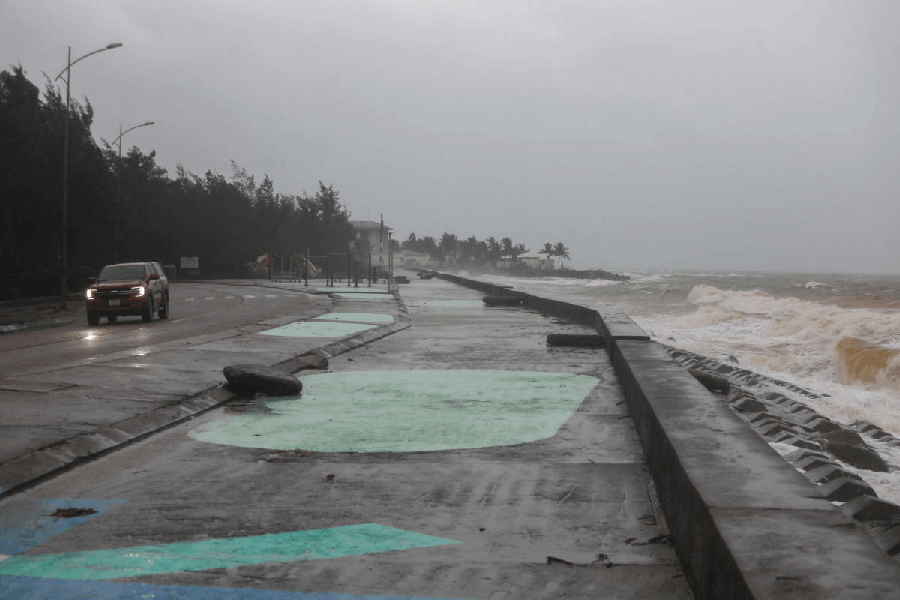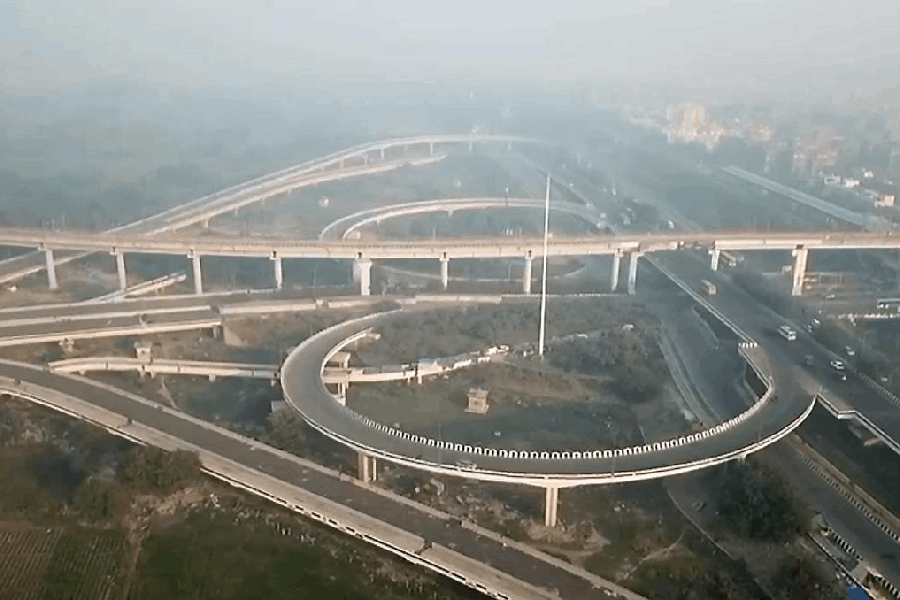 Friday, 07 November 2025
Friday, 07 November 2025
 Friday, 07 November 2025
Friday, 07 November 2025
Japanese confectioner Keiji Minatoya's brush with death began when he lifted the shutter of his garage and came face to face with a black bear waiting on the other side.
"We locked eyes in silence," he said, staring into the outbuilding beside his shop in rural Kitaakita in northern Japan where he had unwittingly trapped the apex predator. "I thought I was done for."
The bear pinned him down and mauled him, leaving deep gashes across his face, bite marks along his arm and torso, and nearly scalping him before running off. Emergency services airlifted Minatoya 60 km (37 miles) to Akita city to save his life.
"While it was on me, there was this terrifying roar, the sound of a wild animal. Its mouth was right here," the 68-year-old said, pointing to his ear. "That sound is burned into my head."
The mauling in 2023 is more than a horrific memory for Minatoya. He and his neighbours, most of them elderly, continue to live on the frontline of a growing wave of bear attacks.
Japan has had more than 100 bear attacks since April, with a record 13 people killed, government data shows. More than two-thirds of those deaths were in Akita prefecture, where Minatoya lives, and nearby Iwate. Bear sightings in Akita have jumped sixfold to more than 8,000 this year.
At the prefecture's request, Japan's army has deployed to help hunters set traps for a cull aimed at thinning a bear population that has outgrown the supply of wild acorn and beech-nuts they rely on to fatten up for winter hibernation.
But the emergency measure is, at best, a temporary fix for a surge in black bear numbers that are estimated to have tripled since 2012, helped by restrictions on hunting and a greater emphasis on conservation. While its numbers have been growing in Japan, the Asiatic black bear is listed as a vulnerable species globally.
Hollowed out
Minatoya's hometown faces a problem that the military aid won't remedy. Hollowed out by depopulation, it is riddled with abandoned homes and overgrown gardens that provide cover and food to foraging animals, including black bears weighing up to 130 kilograms (287 lb).
"It's very scary, I feel uneasy," said Yoshihide Ishida, 70, who lives a few hundred meters down the street from Minatoya's home and around the corner from where a bear was spotted two days earlier.
The empty buildings in the area make it easier for bears to wander in from the forested mountains that surround the town, he added as he swept up fallen autumn leaves outside the shuttered photography shop his family ran until seven years ago.
"There used to be more people, more cars. It was busy," he said. Of the few residents on its streets, some carried bells to avoid startling any prowling bears they might encounter.
In the past two decades, the town's population has shrunk by about a third to 30,000. One of Minatoya's neighbouring properties is vacant and the one on the other side will probably remain empty after its elderly owner passes away, he said.
City officials say they are asking residents to harvest fruit and, where possible, cut down trees that attract bears. Forestry and environment officer Kimitoshi Kishino, who has spent weeks setting off firecrackers and rockets to drive away bears, says the city can't trim overgrown yards without property owners' permission, a difficult task when houses are vacant.
"Overgrown yards around empty houses make people uneasy," he said, speaking at his office building where the doors no longer open automatically to prevent unwelcome bear entries.
Near his confectionery shop, a business founded by his grandfather more than a century ago that has stayed closed since he was attacked, Minatoya is blunt.
He thinks authorities must be ruthless with bears that no longer fear human settlements. The animals are also venturing into bustling cities, with sightings around Kyoto and Tokyo on the rise.
"Bears that attack have learned that humans are weak," Minatoya said.
He says he doesn't hate all bears. But about the creature that almost claimed his life? "I would eat it," he said.







